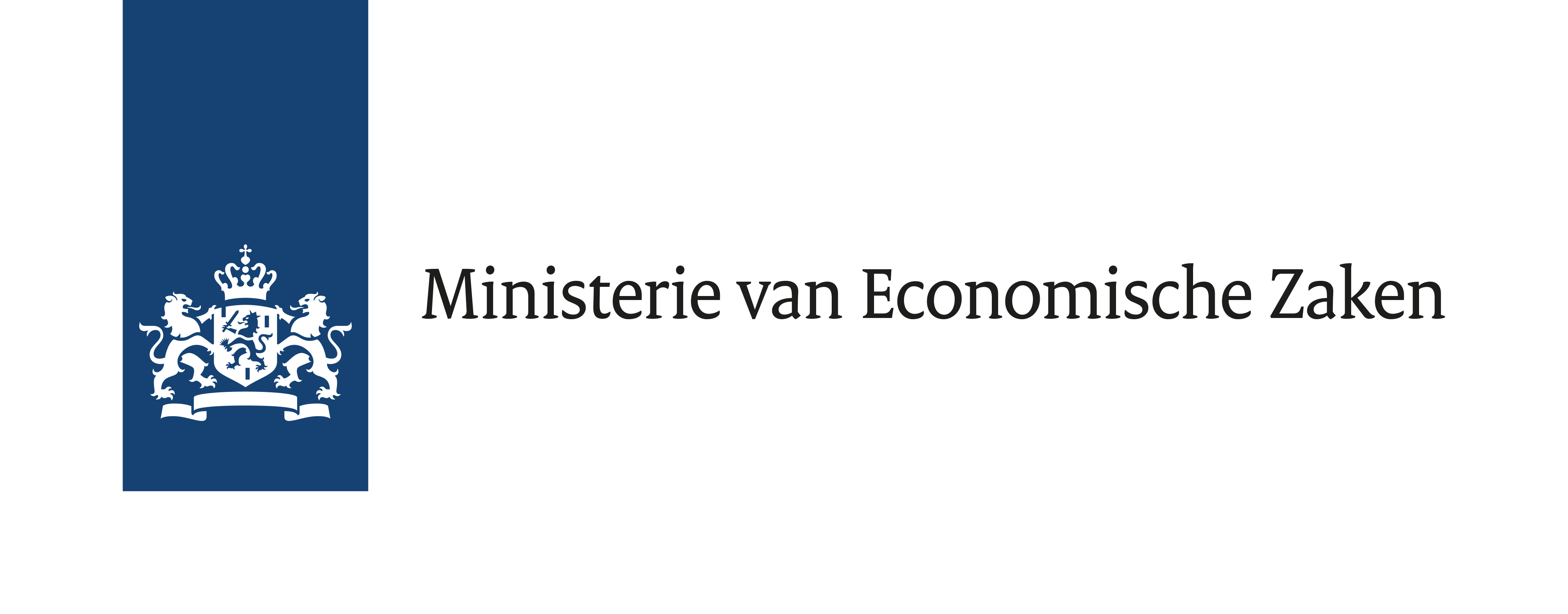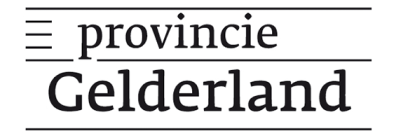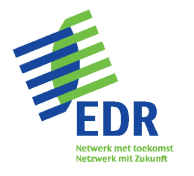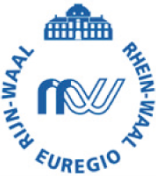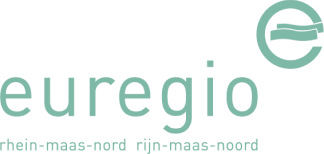The Interreg-VI programme area is burdened by one of
Europe’s largest road transport flows. The aim of RAS is to achieve a minimum
10% reduction in CO₂ and
tyre particulate emissions for truck-semitrailer transport. RAS aims to achieve
this by real-time monitoring of semi-trailers’ alignment. If deviations are
detected early, targeted maintenance can prevent tyre damage, extra fuel costs
and unnecessary emissions.
The development is possible through a cross-border
cooperation in a consortium with Osnabrück University of Applied Sciences, HAN
University of Applied Sciences, Trigolign BV, Innotronic GmbH and R. Mutra BV.
The consortium is supported by local food transporters, logistics partners and knowledge
networks. Food transporters were selected as the ideal initial target group:
due to its high quality standards and 24/7 nature, they demand a robust and
scalable solution like RAS. Once proven in this sector, RAS can be rolled out
to other sectors such as bus transport and postal delivery.
RAS is being developed from a validated lab-scale
system (TRL5) to a working prototype in a realistic environment (TRL7). By
applying new insights in the fields of AI, data science, sensor fusion and
embedded software, we strengthen the innovation power of the Interreg-VI area.
RAS can be introduced to the European market as of
2028. The technology can be applied to any type of rolling transport, both
existing and future, regardless of the chosen propulsion concept
(diesel/EV/hydrogen). RAS also offers an interesting solution for the planned
electric future. Due to the higher vehicle weight, correct alignment is
essential to avoid additional tyre wear and to increase the range.
RAS offers a
low-threshold solution for achieving climate and circularity targets, as it
applies to both current and future transport. It directly delivers significant
health and economic benefits to the Interreg VI programme area.

